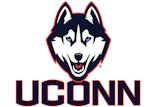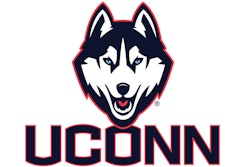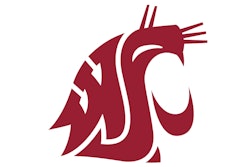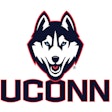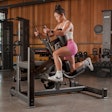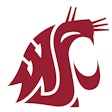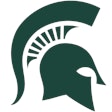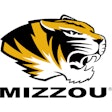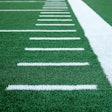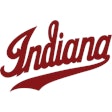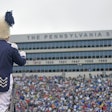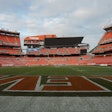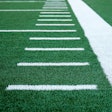In 2014, the NFL announced that Minnesota won its bid to host the 2018 Super Bowl. Minnesota beat out New Orleans and Indianapolis, cities that were also vying to host the big game. Here's a run down of facts about the host city and U.S. Bank Stadium.
1. Minnesota has hosted the Super Bowl before.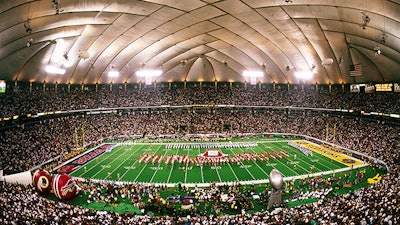
While most people steer clear of Minneapolis' freezing winter temperatures, there is a precedent for Minnesota to host the Super Bowl. In 1992, the Washington Redskins defeated the Buffalo Bils 37-24 in Super Bowl XXVI in the Hubert H. Humphrey Metrodome, which is now demolished.
2. Minnesota built a new stadium in downtown Minneapolis.
U.S. Bank Stadium was built on the same site as the Metrodome. "The Dome" served as the home of the Vikings from 1982-2013.
3. The new stadium opened in 2016.
The 1.75 million-square-foot facility is nearly twice the size of the 900,00-square foot Metrodome. It was designed by HKS Architects, the same firm that designed AT&T Stadium in Dallas and Lucas Oil Stadium in Indianapolis.
4. Between the Metrodome's demolition and the inaugural season at U.S. Bank Stadium, the Vikings played home games at TCF Bank Stadium, home of the Minnesota Gophers.
Populous-designed TCF Bank Stadium opened in 2009 and has a capacity of 50,805.
5. The new stadium's unique look is like nothing we've ever seen. 
Minnesota's new stadium has the largest transparent ethylene-tetraflouroethylene (ETFE) roof in the nation and five 95-foot high pivoting glass doors that will open to a nearly three-acre plaza and the Minneapolis skyline. The idea is that with the stadium’s openness, fans will experience an outdoor feel in a climate-controlled environment.
6. The new stadium has amenities on par with any in the NFL.
The stadium has approximately 9,300 club seats within six different club spaces, 800 high-definition televisions and a full-service restaurant.
7. The stadium can host more than just football.
One of the great things about the Metrodome is that it once hosted more than 300 events a year, ranging from high school tournaments to monster truck rallies to NFL games. The new stadium also has multi-purpose functionality including the ability to host baseball, soccer, hockey and basketball games.
8. The average low temperature in Minneapolis in February is 13 degrees.

Perhaps the above rendering, complete with snow, is the most accurate. Fortunately, the new stadium is indoors. And Minneapolis' downtown is connected by more than eight miles of skyway. You can go virtually anywhere in the city without ever having to step outside.
9. The new stadium is expensive.

The Vikings estimated that the stadium would cost $975 million — but final costs were a reported $1.1 billion. Costs were shared among private funds from the Minnesota Vikings, the City of Minneapolis and the State of Minnesota.
10. The roof won't collapse.

While the Metrodome became infamous for its roof collapse during the midst of a 2010 blizzard, the new stadium's ETFE roof, plus its sloped angle is designed to survive even the harshest of winters.
11. The Vikings have never won the Super Bowl. 
They came close in 2018, reaching the NFC Championship Game. Maybe next year, Vikings fans.














